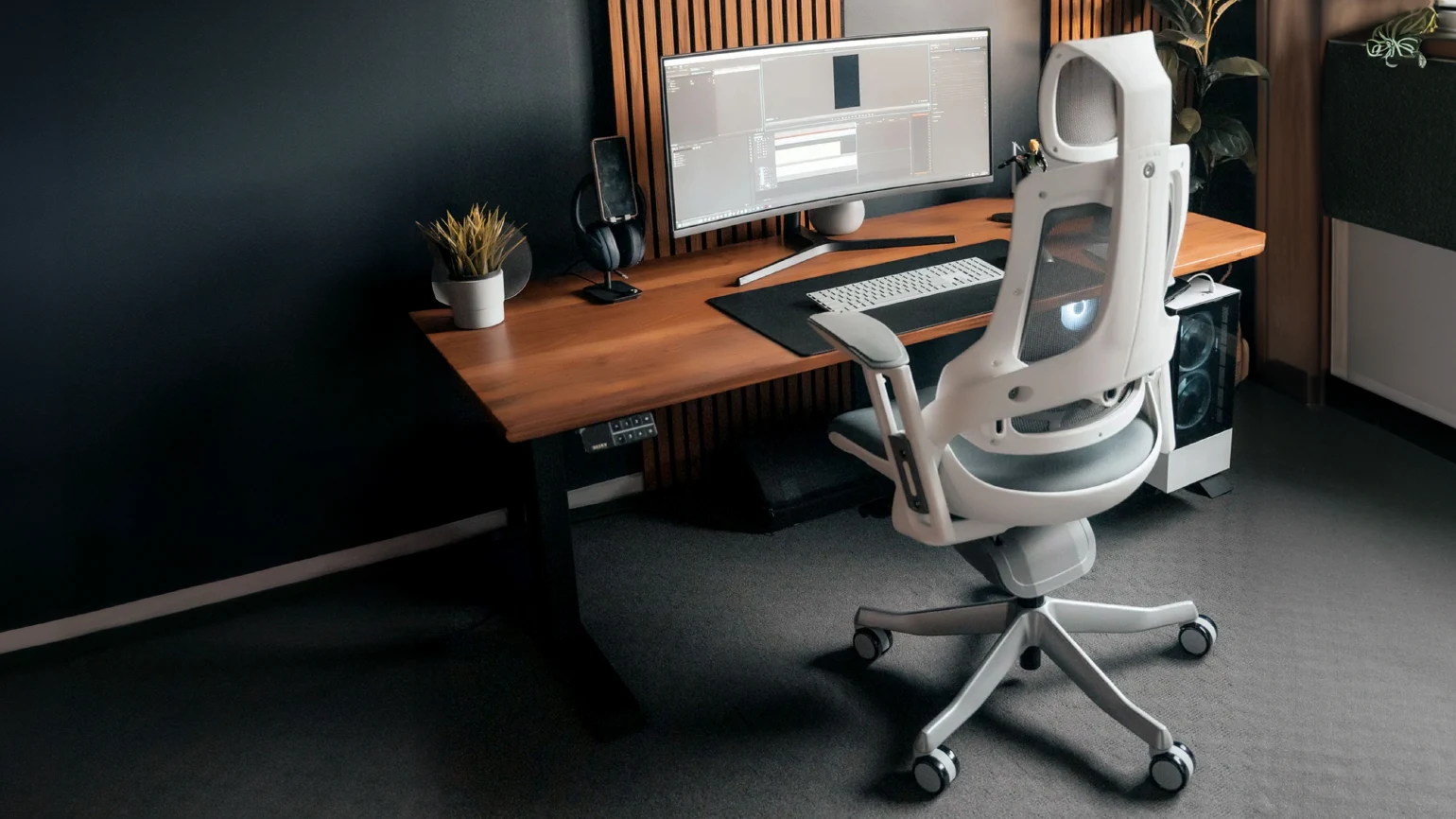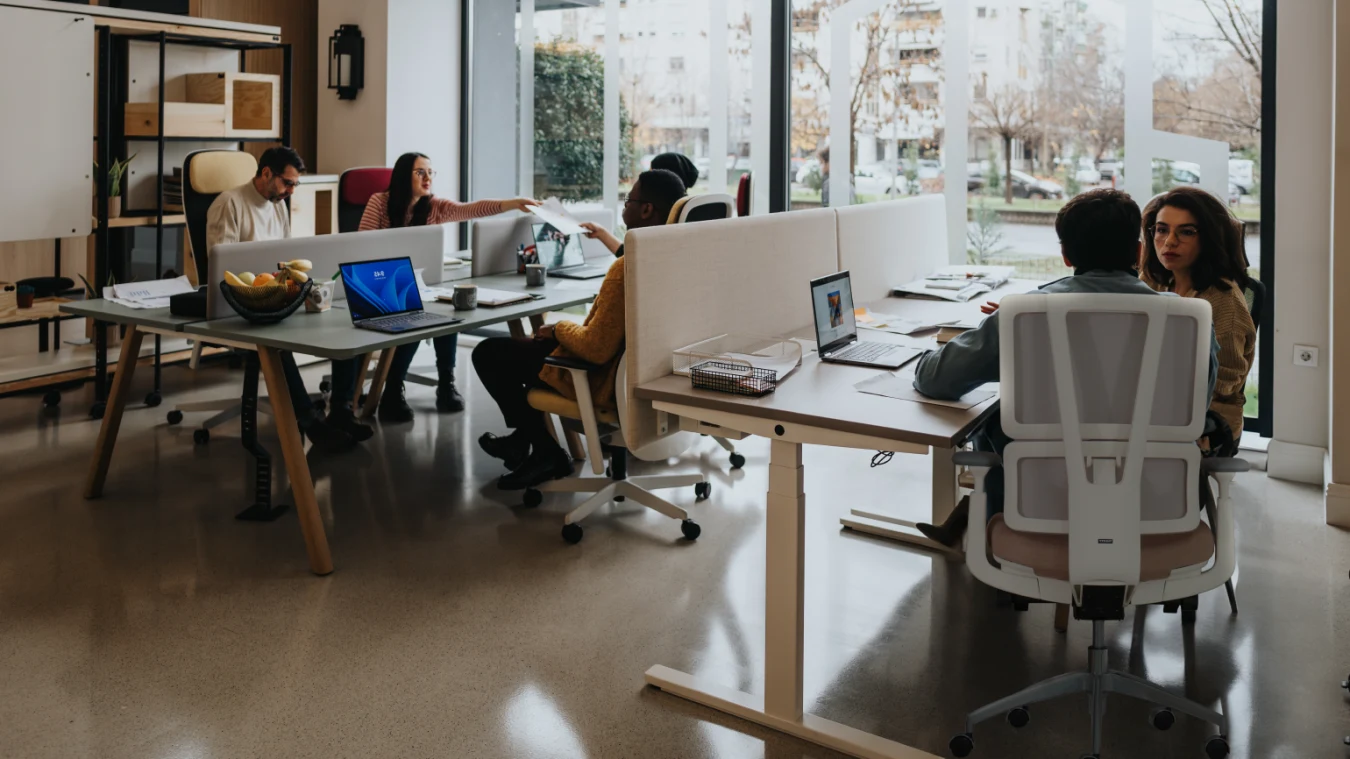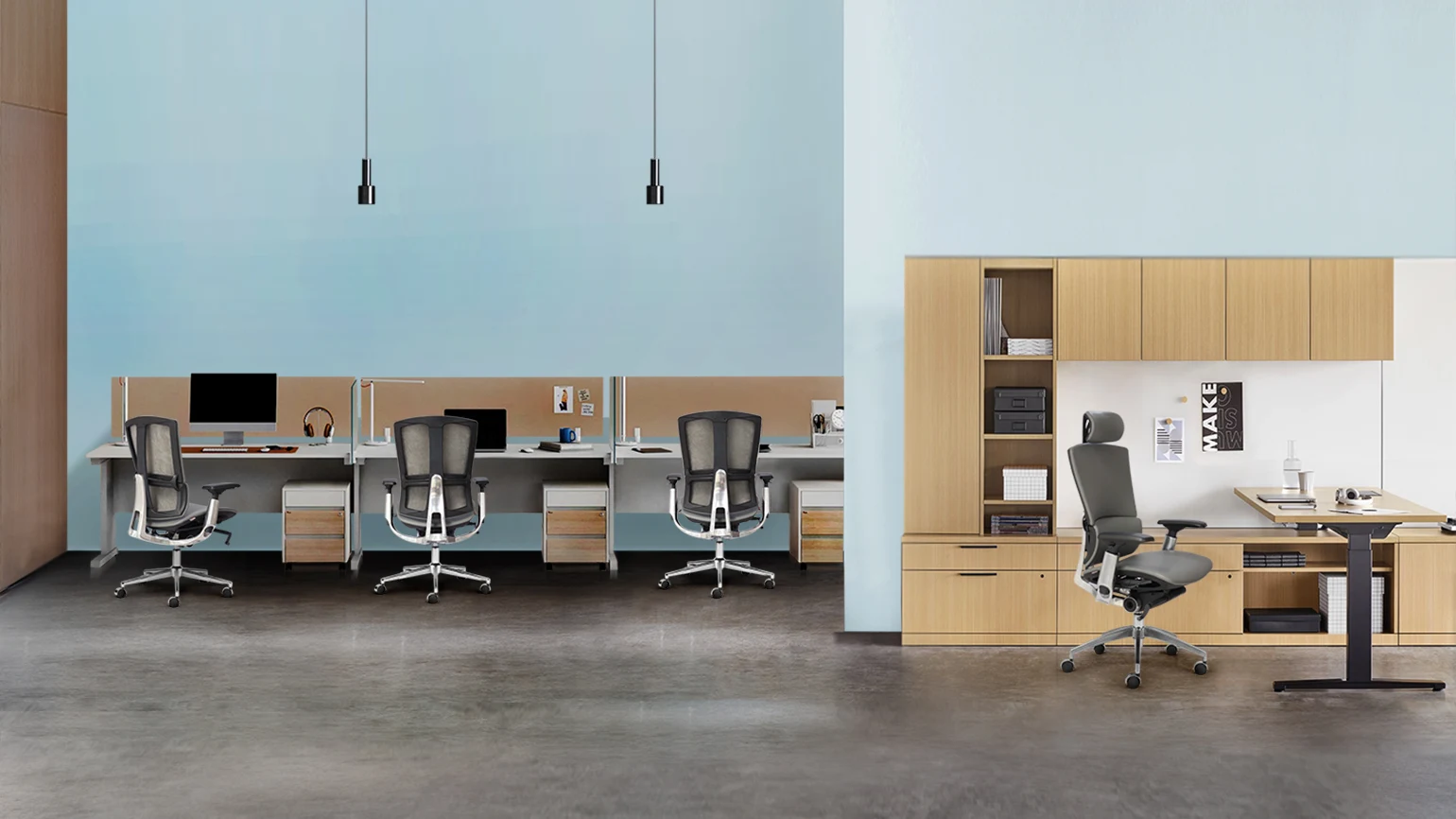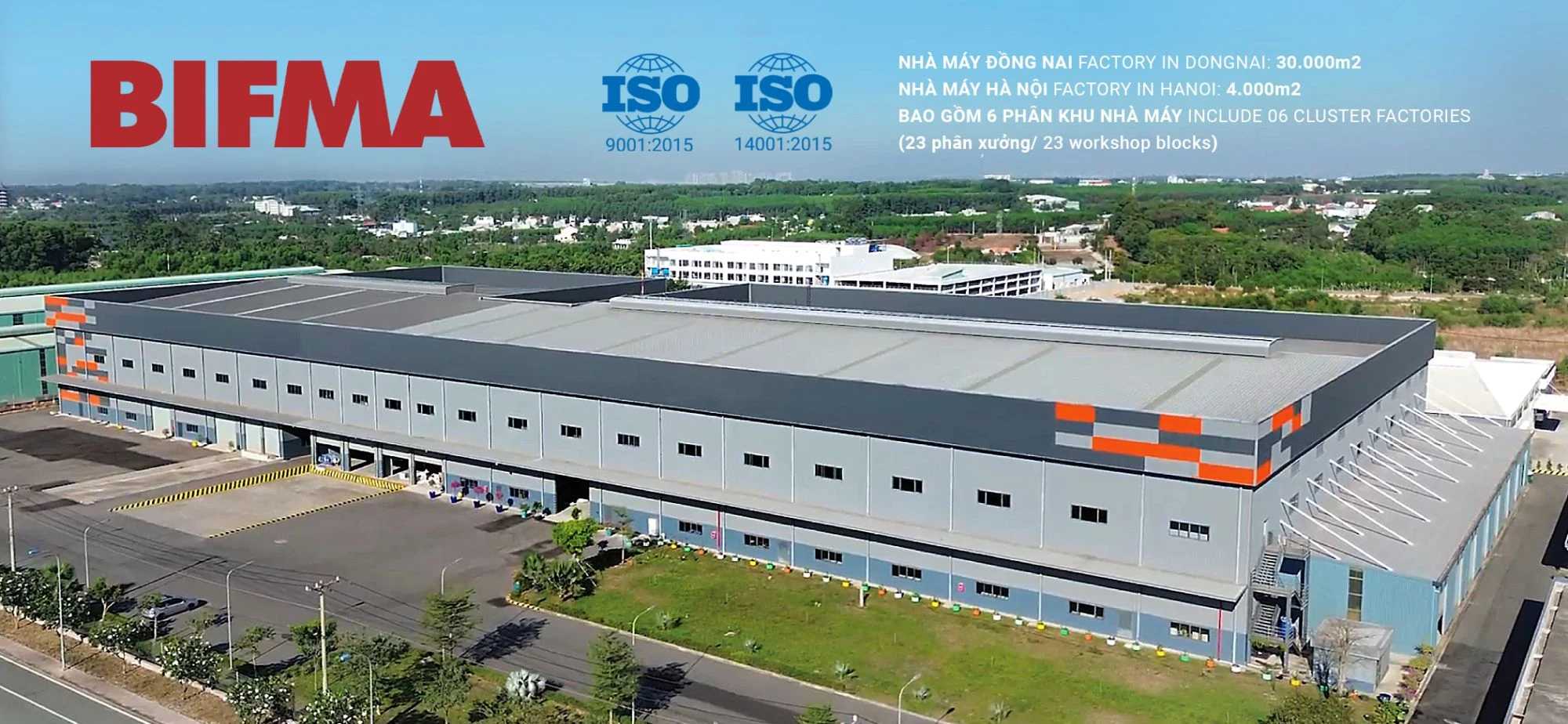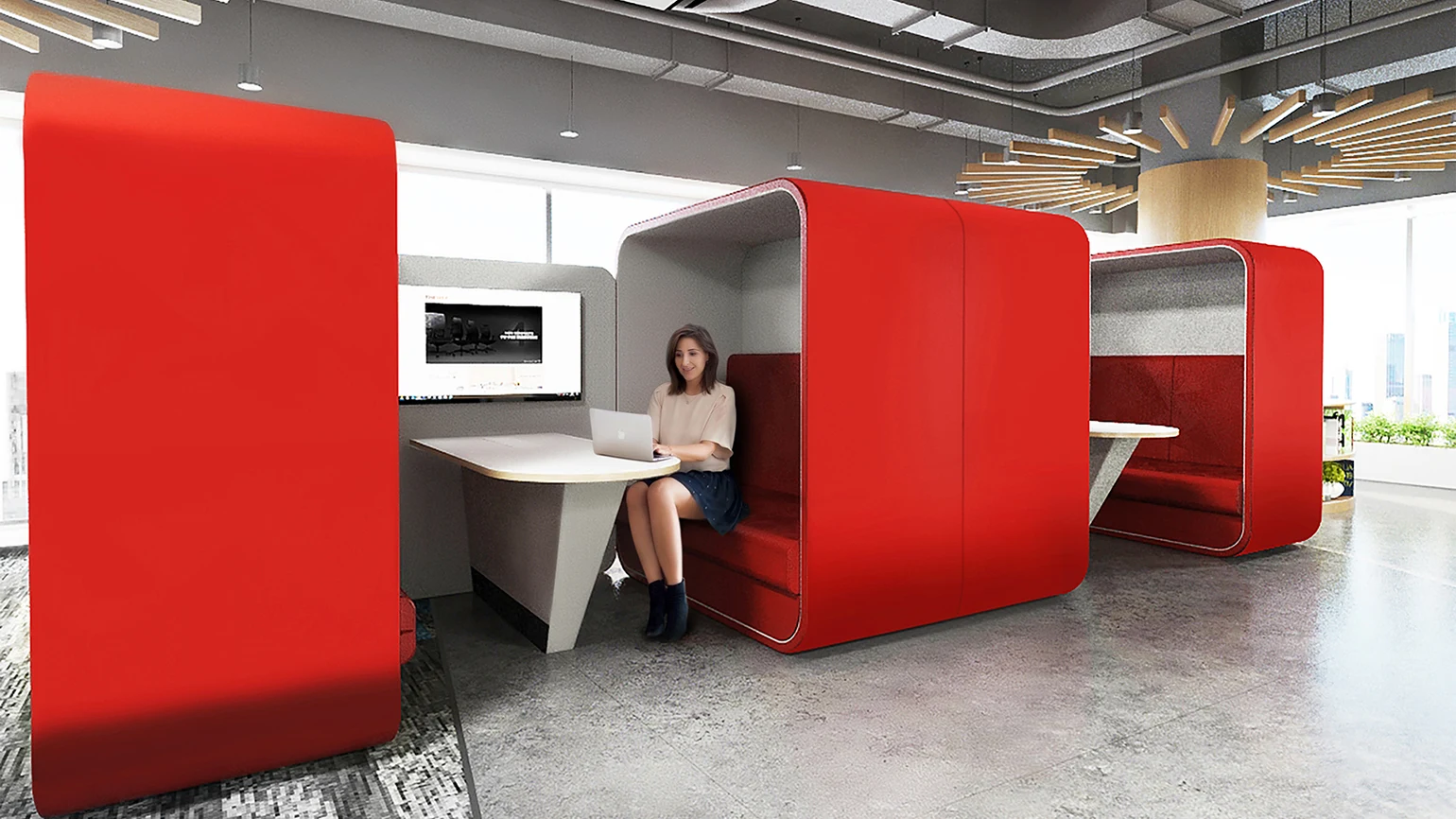Tech Leaders on the Importance of the Ergonomic Chair in Hybrid Work
In the post-pandemic era, the hybrid work model combining remote and in-office work has become the new standard for many organizations, particularly in the tech and startup sectors. Yet as this model becomes mainstream, new challenges arise:
How do we maintain creativity and collaboration in an office that isn’t fully occupied every day?
How can employees seamlessly shift between deep individual work and collaborative teamwork?
Many tech leaders are turning their attention to a factor long overlooked office furniture, particularly the ergonomic chair.
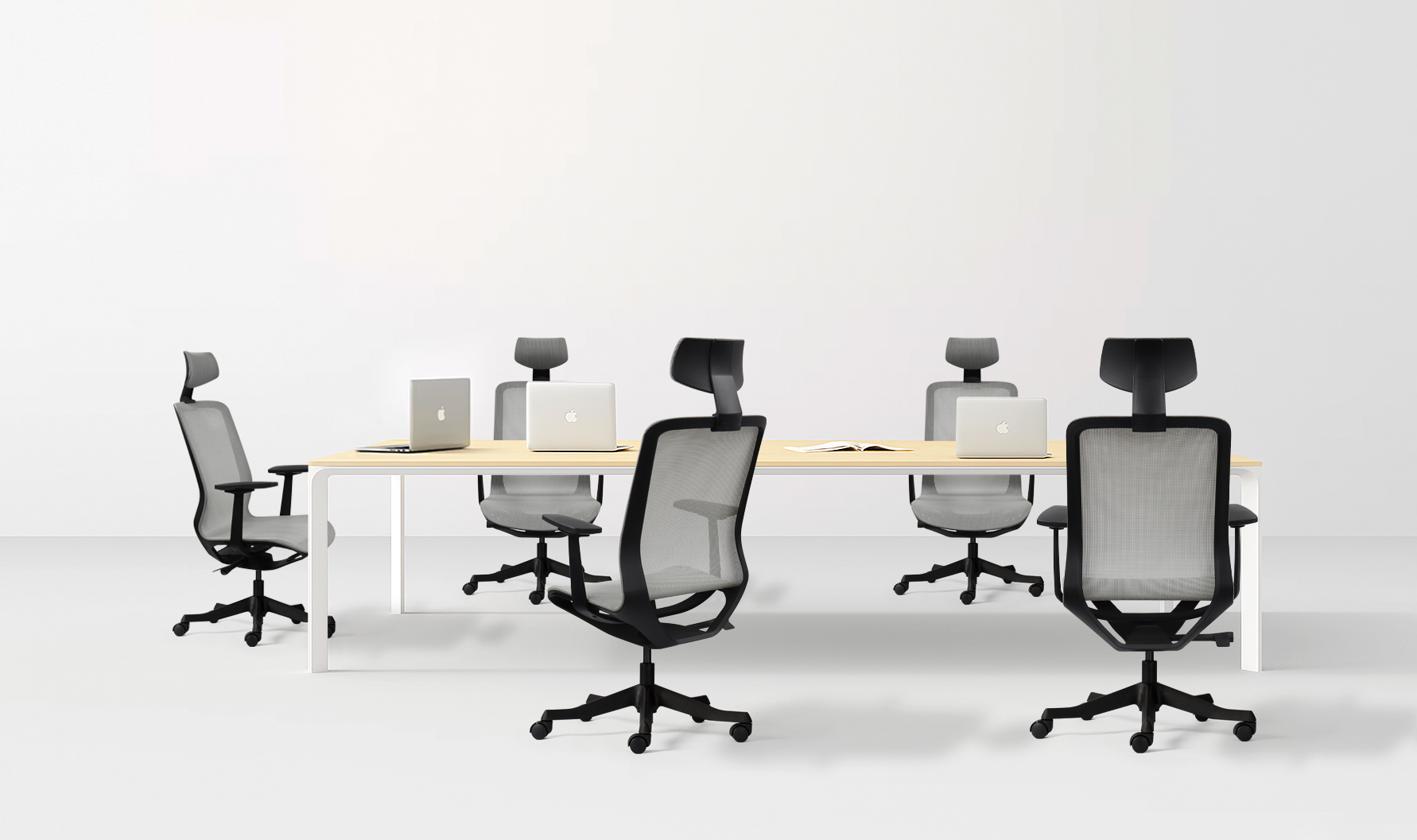
Hybrid Work Demands Flexibility Even in the Chair
"Workspaces today are no longer about ‘clocking in.’ They’re about sparking collaboration, creativity, and connection. Everything from lighting and acoustics to office chairs and desks must support that.”
— Nguyen Hoang Vu, CTO at an AI startup in Ho Chi Minh City.
One of the first changes startup and tech offices make when shifting to a hybrid model is replacing static, fixed chairs with adjustable ergonomic office chairs. As employees no longer sit at a dedicated desk each day, they often hot-desk, move between zones, or work remotely.
An ergonomic chair now serves not only as a place to sit but as a vital component of the flexible work experience.
Creative Workspaces Start Where You Sit
A creative space doesn’t need to be colorful or flashy, it needs to be comfortable and mentally stimulating. Surprisingly, properly designed ergonomic chairs are becoming essential for both talent retention and productivity gains.
A 2023 Steelcase study found that:
- Employees report 25% higher satisfaction with hybrid work environments that offer comfortable, customizable office seating.
- Companies that invest in flexible office furniture such as multi-adjustable swivel chairs experience a 17% increase in productivity.
When a tech employee sits in a well-designed ergonomic chair with adjustable height, tilt, lumbar support, and armrests they can focus for extended hours without physical discomfort. This is especially critical for roles like developers, designers, or product managers who often require long periods of deep work.
The Ergonomic Chair: A “Hard” Solution to a “Soft” Hybrid Problem
Hybrid work is more than just alternating between home and office. It’s about finding the right blend of:
- Autonomy and connection
- Flexibility and discipline
- Independence and collaboration
To build a workspace that balances these elements, many tech leaders are investing in modular office furniture systems easy to assemble, reconfigure, and pair with ergonomic office chairs that adapt to individual needs.
Beyond functionality, these chairs are also evolving in aesthetics: minimalist design, sustainable materials, and neutral color palettes that reflect the "less is more" mindset and eco-conscious values of modern startups.
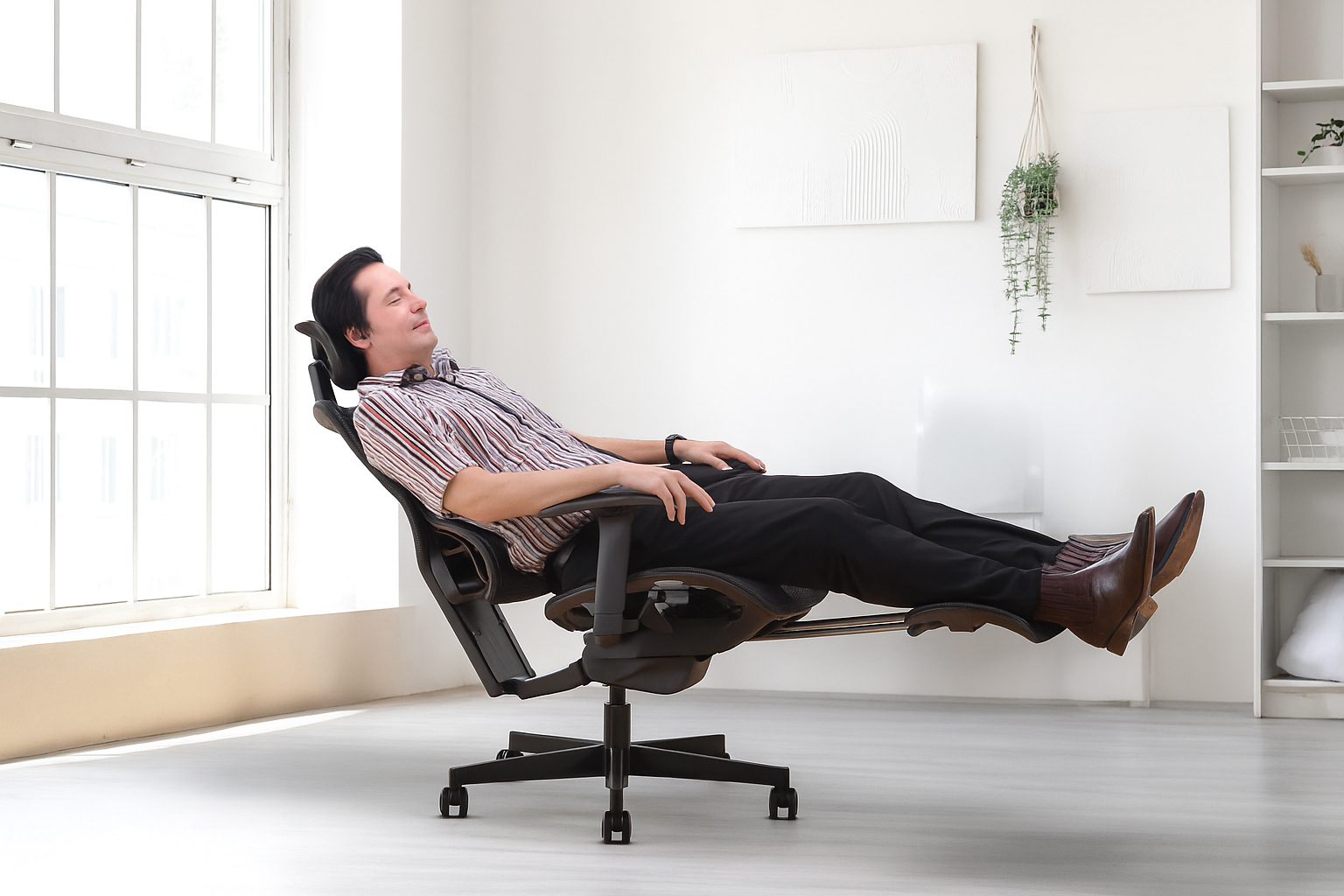
Case Study: A 50-Person Fintech Startup’s Hybrid Office
At a fintech startup in Ho Chi Minh City, the office was designed using a "Hub & Spoke" layout each team has its own working hub connected by shared flexible zones. Ergonomic chairs were divided into three functional categories:
- Mesh-back ergonomic swivel chairs for focused work zones
- Multipurpose ergonomic chairs for quick meetings and brainstorming
- Thick foam or leather-upholstered ergonomic chairs for chill-out and social areas
After six months, employee satisfaction rose by 32%, and voluntary in-office attendance increased from 2 to 3.5 days per week on average.
Choosing the Right Ergonomic Chair for a Creative Tech Workspace
If you’re looking to enhance your hybrid workplace in a tech firm or startup, consider the following when selecting an ergonomic chair:
- Ergonomics: Look for spinal support, cushioned seating, adjustable height, and flexible armrests.
- Mobility: Prioritize smooth-rolling swivel chairs that are easy to move between zones.
- Versatility: Choose chairs that work well across desk areas, meeting rooms, and collaboration spaces.
- Modern Aesthetics: Favor neutral tones, tech-inspired materials, and designs that are easy to clean and align with your brand.
Conclusion
As hybrid work becomes the norm in tech, office furniture especially the ergonomic chair is no longer a secondary consideration. It’s a tool that directly impacts comfort, productivity, and employee engagement.
Remember: creativity doesn’t begin with an idea, it begins with the comfort of the seat you're in.

